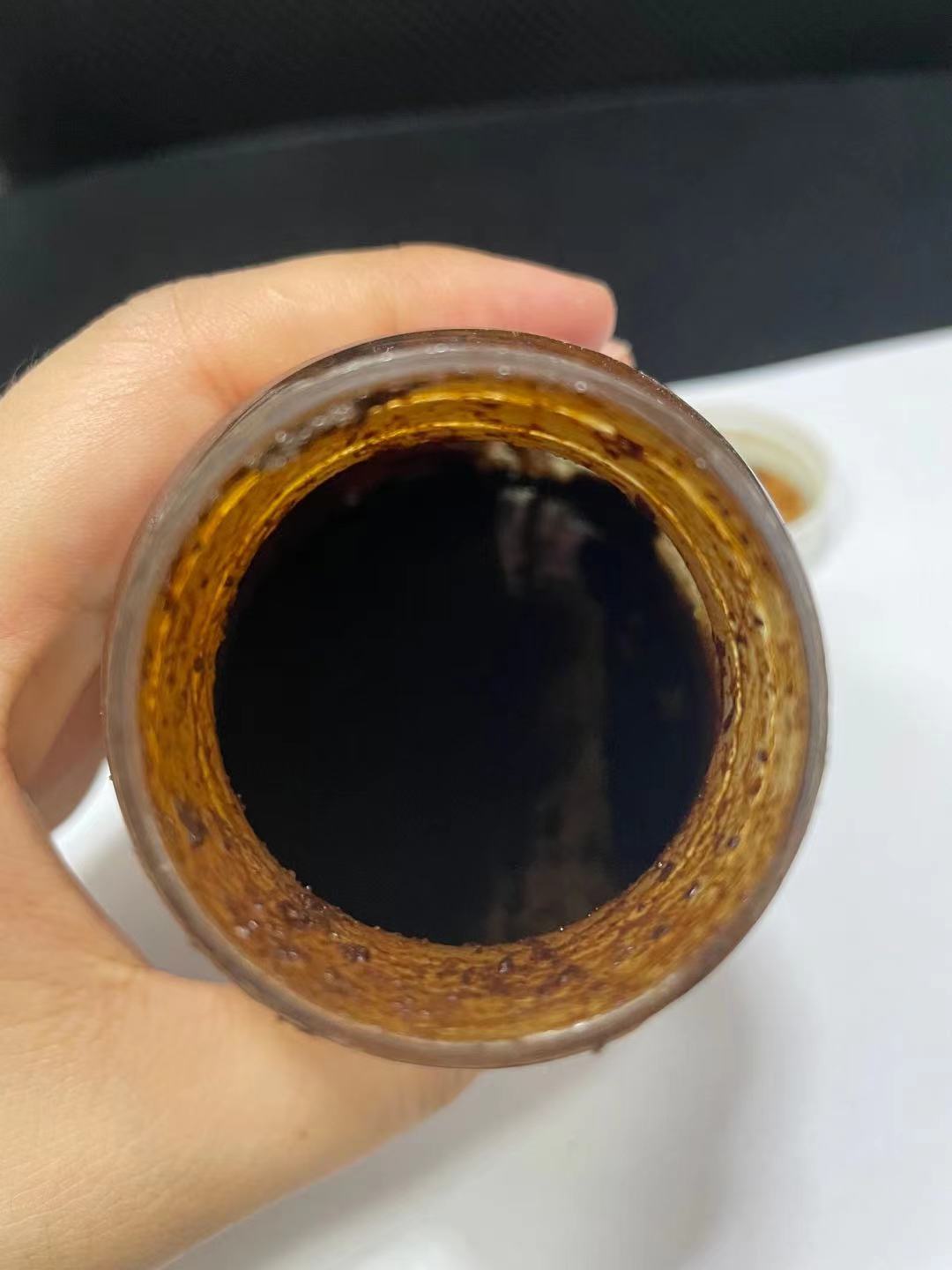Professional solutions on concrete addtives, Concrete Foaming Agent, Superplasticizer, CLC Blocks Additives, and foaming machine
(What is Lightweight Concrete Blocks?)
What is Lightweight Concrete Blocks?
If you are looking for a way to build a home, it might be time to consider using lightweight concrete blocks. They are a popular alternative to traditional bricks and mortar. These types of blocks offer a variety of benefits, such as the insulation they provide and their light weight.
Al Manaratain lightweight blocks are a popular choice
Al Manaratain lightweight concrete blocks are a good choice for a number of external building applications. They offer good thermal and moisture resistance, making them a perfect choice for partitions, ceilings, and floors.
The company has been around for more than half a century. It began as a small, manual block factory, but has since grown into a full-fledged enterprise. Today, it produces a range of concrete products, from reconstituted stone to precast T-beams. In addition to the company's main product line, the company also offers a range of eminently useful, more technical products.
For starters, the company has a range of automated plants that are fully connected to their sales outlets. With a production capacity of 500 sq m of precast slabs per day, the company is poised to expand into Saudi Arabia.
Another innovation that the company has implemented is the use of online data connectivity to keep their customers abreast of the latest products and promotions.
Weight of lightweight concrete blocks compared to bricks
Lightweight concrete blocks have been used for years to build large structures, bridges and offshore platforms. Using these blocks can reduce strain on masons' backs, while also improving mechanical properties. If you're building a new home, lightweight concrete blocks can make your project easier to execute.
The average weight of an eight inch concrete block is 43 pounds. This is 20% less than conventional bricks. In addition to being lightweight, these blocks have a higher thermal performance than common building materials.
Bricks are the traditional building material. They are made from cement, sand and aggregate. There are a few variations. The first is a 1:2 cement to sand ratio. Another is a 2:3 ratio.
In addition to being strong, bricks can help provide insulation. Unlike solid concrete blocks, hollow concrete blocks contain voids to increase their insulation value.
Blocks are a popular building material because they're easy to install and can be made with different sizes and styles. However, they can be heavy.
Insulation value of lightweight concrete blocks
If you are interested in using lightweight concrete blocks for thermal insulation, you need to understand how the different properties of these blocks are measured. Thermal conductivity is one of the main thermal properties, but it is not the only one. The other properties include phonic insulation, sound reduction index, and air entraining agent.
Compared to standard materials, the RBC-EP blocks showed high thermal performance characteristics. These were tested in the laboratory using a heat flow meter instrument. In addition, they were measured for in situ U-values.
The R-value of the unfilled 8x8x16-inch CMU is 1.11 W/m2K. The theoretical U-value is calculated to be 2.01 W/m2K. It is recommended that the thermal insulation value of an exterior wall should be between R-13 and R-23.
To improve the insulative properties of the block, a system of cells was used. Several types of fillers were included. Some of these were denim batts, cellulose, and polyurethane foam.
The optimal mixture was composed of 40% natural sand and 60% SWM. Increasing the amount of SWM from 0% to 100% of the mixture improved the mechanical properties of the LC, but reduced its thermal insulation.
Construction of interstate and traffic lanes
When designing an interstate or traffic lane with lightweight concrete blocks, you will have to make a number of decisions. The most important is the overall size and shape of the pavement. This will depend on the amount of traffic that will use the road. It is also important to consider the number of lanes. For example, if there are multiple intersections, there will be extra demands to meet. In addition, the lane width must balance the need for comfort with the need for speed. Lastly, you will have to decide on the right of way. There are many options to choose from for this.
Once you have a rough idea of the design of your pavement, you will need to consider the engineering properties of the rock and soil in your area. These will be determined through laboratory testing and field explorations. You will also need to establish standards for functional road types. Those standards will specify the number of solid and broken lines, the placement of roadside barriers, and the transverse distances between the lanes.
Concrete additives Supplier
TRUNNANO is a reliable concrete additives supplier with over 12-year experience in nano-building energy conservation and nanotechnology development.
If you are looking for high-quality concrete additives, please feel free to contact us and send an inquiry. (sales@cabr-concrete.com)
We accept payment via Credit Card, T/T, West Union, and Paypal. TRUNNANO will ship the goods to customers overseas through FedEx, DHL, by air, or by sea.
(What is Lightweight Concrete Blocks?)






